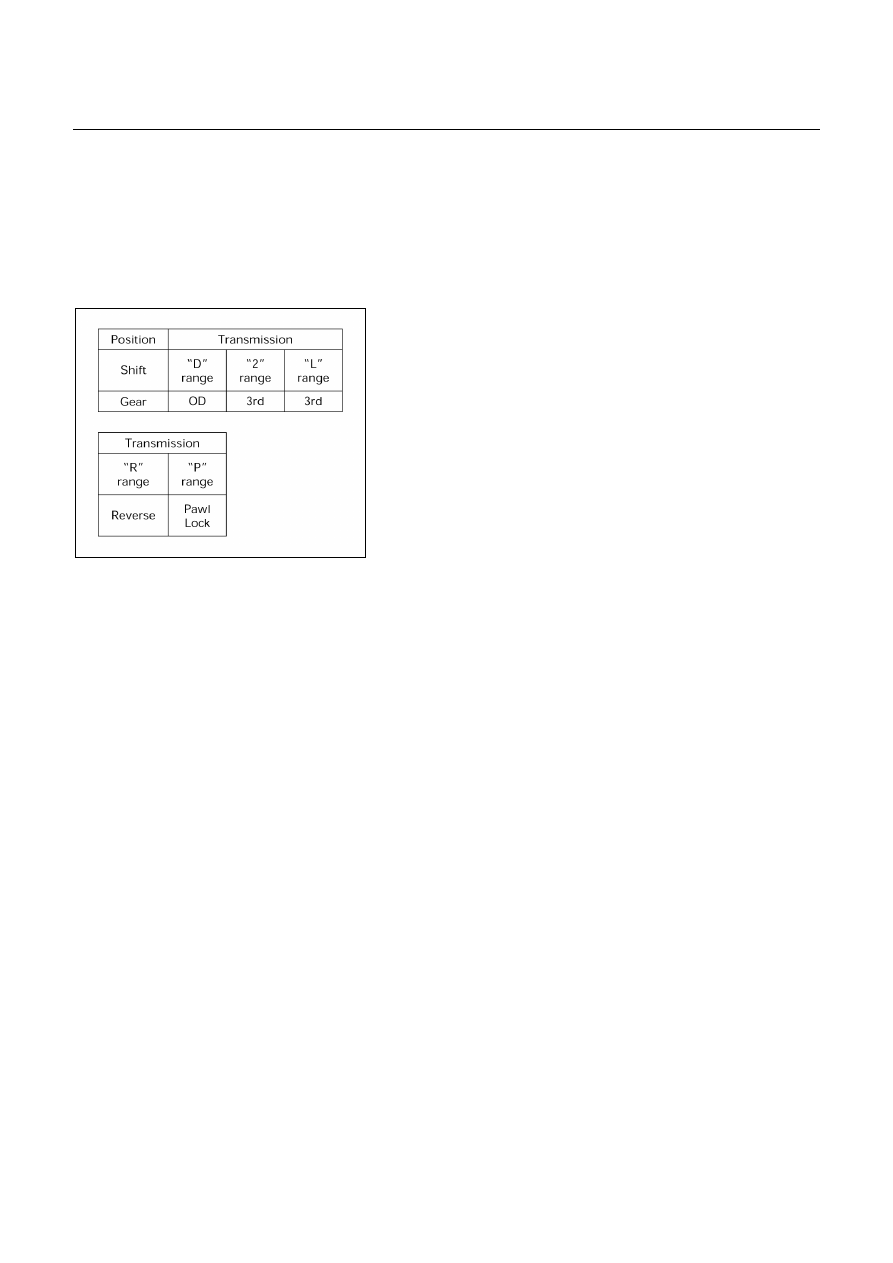Isuzu D-Max / Isuzu Rodeo (TFR/TFS). Manual - part 377

7A-56 AUTOMATIC TRANSMISSION (AW30-40LE)
MANUAL SHIFTING TEST
NOTE:
With this test, it can be determined whether the trouble
lies within the electrical circuit or is a mechanical
problem in the transmission.
1. Disconnect TCM connector
With the engine OFF, disconnect the TCM connector.
F07RY00024
2. Inspect manual driving operation
Check that the shift and gear positions correspond with
the table.
If the “L”, “2” and “D” range gear positions are difficult to
distinguish, do perform the following road test.
While driving, shift through the “L”, “2” and “D” renges.
Check that the gear change corresponds to the gear
position.
If any abnormality is found in the above test, do perform
the stall, time lag or gear change tests.
3. Connect TCM connector
With the engine off, connect the TCM connector.